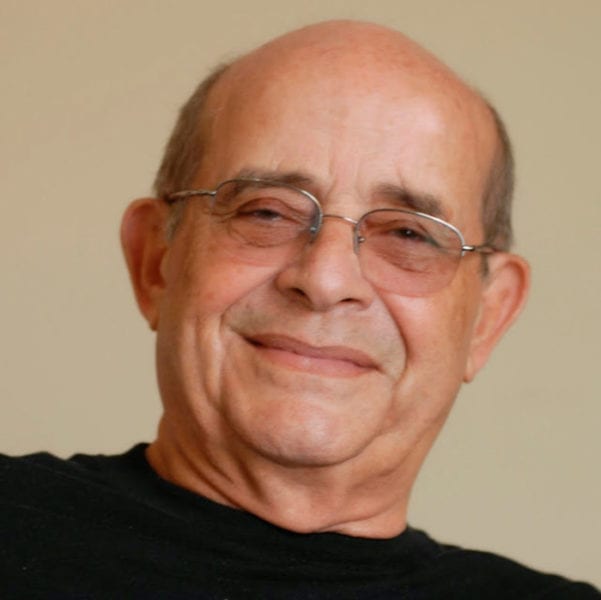Che in Cuba, from Olive Green to the Guerrillas of White Coats

HAVANA TIMES – Tamara Juvier studied at the Lenin senior high school and at age 16 it occurred to her to do a research work on Commander Ernesto Che Guevara. “It was difficult for us to be like a God. Being like a person who has no defects is impossible,” she told me then.
The paper that won the history contest, talked about Che’s first sexual relationship, described him as a disorderly person and a staunch enemy of the showers. They lowered him from the pedestal and so humanized him, bringing him closer to the young. It also showed aspects of the Commander of whom little is spoken in Cuba when they are commemorating fifty years since his death.
“The Che that our generation needs is that of critical thinking and analysis, it is the menace of what’s poorly done and the courage to express what you think,” she told me. The students wrote: “Che can be a creative weapon or a simple empty slogan, his ideas can fill our minds critically or our T-shirts as an ornament.”
Today, Tamara is already a doctor, like Che, and was part of the brigade that helped the victims of the 2005 earthquake in Kashmir, Pakistan, where she crossed rugged mountains to tend the injured, suffered the winter frost and slept in tents. The young doctor had become a member of the Henry Reed Brigade, a kind of guerrilla of “white robes”, specialists in dealing with natural disasters and epidemics. Without knowing it, she landed in Pakistan 45 years after Che visited that country.

Many wonder what happened to the Guevarist dream of building “a new man.” The Argentinean José Ingenieros said that “mankind does not reach as far as the idealists in each particular aspect, but it always goes beyond where it would have gone without their effort.” The doctors who risked their lives fighting Ebola in Africa without receiving even a salary, the little social violence that is lived in Cuba, mutual solidarity during catastrophes, the treatment of their children or the care of the handicapped show that, although they have not become that “new man”, they are still better people.
That the Argentine Commander has become a paradigm is not uncommon when Fidel Castro himself said: “If we want to express how we wish our children to be, we must say with all the heart of vehement revolutionaries: we want them to be like Che!”
Several generations of Cubans passed their primary education starting each day with the slogan “we will be like Che”. Although there was always a child soccer fan, such as ballet dancer Carlos Acosta, who invariably responded “we will be like Pelé”. But that artist, after his international triumph in the Royal Ballet, returned to Cuba to form a ballet company financed by his own pocket.
For older Cubans the figure of Che is practically untouchable. A few years ago, we tried to buy his biography, written by Mexican Paco Taibo, and the Cuban bookstore employee, a lady close to retirement age, did everything she could to get us any other because that one was “a little disrespectful”, she said softly. It had been from that source Tamara and her group of students had obtained many of the “spicier” data they used for that academic work.
Tirso Saenz was part of Che’s team at the top level of the Ministry of Industry. He explained that the Argentine “was critical, demanding and very sincere. That was good, because he too was demanding with himself.” He remembers that at that time “we slept little and worked long hours in order to solve the innumerable problems, to fulfill all the tasks. They were sometimes more than 20 hours of non-stop work, including Saturdays and Sundays.” He adds that “even so, in that hard struggle, one felt that Che, more than a boss, was a friend.”

Curiously Tirso agrees with Tamara that “to our young people what is most transmitted is the mythical image of the Heroic Guerrilla fighter, but little of his thinking. It is necessary to rescue from Che, in particular, what he called the new man, the importance of ideological development as the main engine of socialism.”
Many of the men and women who had been with the Argentine Commander seem to have been marked for life: “There is a Tirso before and another after working with Che. As time passes, more and more I understand his thinking better. His ideas were not only important for those times when he was with us, but every day they become more valid, not only for Cuba, but for all those who are fighting for a better world.”
Forty years after Che’s death, a guerrilla troop of white coats avenged the crime. A son of Mario Terán – the Bolivian soldier who murdered him on October 9, 1967 – appeared in the newspaper El Deber de Santa Cruz, to “publish a thank-you note to Cuban doctors.” His father had been operated for cataracts free of charge in a hospital donated by the Cuban government to Bolivia.
—–






Is there a link to the paper?